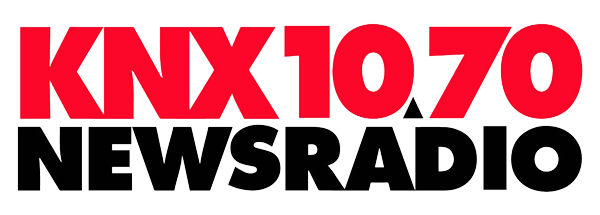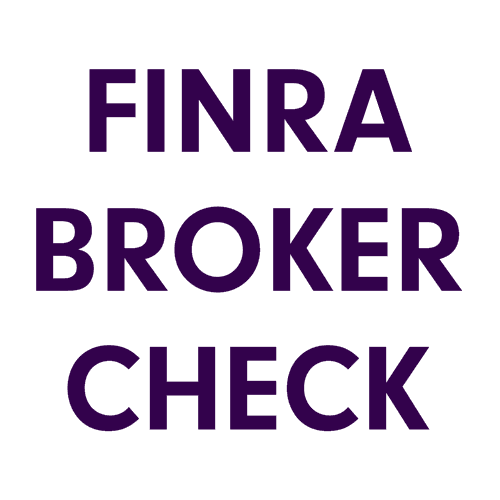U.S. Markets
Stocks rallied in December as early data suggested that the health impact of the Omicron variant was less severe than initially feared.
The Dow Jones Industrial Average picked up 5.38 percent, while the Standard & Poor’s 500 Index gained 4.36 percent. The Nasdaq Composite lagged, climbing 0.69 percent.1
Omicron Worries
Stocks got off to a volatile start in December as investors worried about Omicron’s transmissibility and severity. Markets were also rattled by Fed Chair Jerome Powell’s testimony to Congress that the economy was strong enough to allow the Fed to move up its bond purchase taper schedule.
While investors were expecting the Fed’s news, Powell’s testimony generated added uncertainty over just how sharp and rapid that pivot would be.
Fed Clarity
At its mid-December meeting, the Federal Open Market Committee said that it would quicken its tapering of monthly bond purchases from $15 billion a month to $30 billion a month. This acceleration in tapering meant that asset purchases by the Fed would likely end by March 2022.2
The Fed further signaled that it may consider up to three rate hikes, the first of which would likely occur sometime after bond tapering was completed.2
Santa Rally
With the year-end fast approaching and investor sentiment on Omicron’s economic impact becoming less fearful, investor attention turned to whether the market would enjoy a “Santa Claus Rally.”
The Santa Claus Rally is a seasonal pattern in which the market generally rises in the period following Christmas through the first two trading sessions of the new year. Since 1950, the S&P 500 has gained an average of 1.3 percent during this period and generated positive returns about 67 percent of the time since 1993.3
Cementing a Solid Year
This year, stocks rallied following the holiday but lost some momentum in the final two trading days. Nevertheless, stocks ended the year near all-time highs, cementing a solid year of gains for investors.
Sector Scorecard
All industry sectors posted positive performances last month with gains in Communications Services (+4.51 percent), Consumer Discretionary (+0.24 percent), Consumer Staples (+8.96 percent), Energy (+1.41 percent), Financials (+3.06 percent), Health Care (+9.06 percent), Industrials (+4.55 percent), Materials (+6.57 percent), Real Estate (+9.09 percent), Technology (+3.56 percent), and Utilities (+8.45 percent).4
What Investors May Be Talking About in January
In the month ahead, investors are expected to focus on fourth-quarter gross domestic product, scheduled for release on January 28. 5
The Federal Reserve Bank of Atlanta, which models estimated GDP growth in real-time, said in late December it expects 7.6 percent growth. A strong GDP would confirm expectations of a rebound from the Delta variant-induced slowdown in the third quarter. 5
Earnings Season
Fourth-quarter corporate earnings season will also kick off in January. According to FactSet, a financial data provider, consensus estimates are for a 20.9 percent growth in corporate earnings.6
The extent that earnings disappoint or exceed expectations may drive how markets view current stock price valuation levels.
World Markets
Despite higher Omicron infections in Europe and isolated shutdowns in China, the MSCI-EAFE Index advanced 4.99 percent in December.7
Major European markets rebounded sharply from November losses, with gains in France (+6.43 percent), Germany (+5.20 percent), and the U.K. (+4.61 percent).8
Pacific Rim stocks had less impressive gains. Japan’s Nikkei index rose 3.49 percent while Australia’s ASX 200 gained 2.60 percent. China’s Hang Seng index lost 0.33 percent.9
Indicators
Gross Domestic Product: The final reading of GDP growth showed an upward revision to 2.3 percent from its prior estimate of 2.1 percent.10
Employment: The employment picture was mixed in November. Nonfarm jobs increased by a disappointing 210,000 but the unemployment rate fell to 4.2 percent as almost 600,000 Americans joined the workforce.11
Retail Sales: Retail purchases rose 0.3 percent, which was below expectations. The slight increase lends credence to the idea that October’s big jump was partly due to Americans buying early in response to possible inventory shortages.12
Industrial Production: Industrial production increased by 0.5 percent, reaching its highest level since January 2019. Manufacturing output was strong, rising 0.7 percent on a solid rebound in the auto sector.13
Housing: Housing starts increased 11.8 percent in November, which was above the consensus estimate of 3.0 percent.14
Existing home sales climbed 1.9 percent from October, though they slipped 2.0 percent from November 2020.15
New home sales rose 12.4 percent, reaching a seven-month high. Strong demand lifted the median sales price 18.8 percent from a year ago.16
Consumer Price Index: Consumer prices jumped at a rate not seen in nearly 40 years, rising 0.8% from the previous month and 6.8% from a year ago. It is the sixth consecutive month that inflation has exceeded 5%. Core inflation (excluding the more volatile food and energy prices) came in lower but still posted its sharpest jump since 1991.17
Durable Goods Orders: Orders of goods designed to last three years or more rose 2.5 percent, driven by a strong increase in commercial aircraft orders.18
The Fed
After the two-day December meeting of the Federal Open Market Committee (FOMC), the Fed announced that it would be speeding up the pace of reductions in its monthly bond purchase, from the $15 billion per month announced in November to $30 billion per month, effectively ending asset purchases by March 2022. It also signaled that there may be as many as three increases in short-term interest rates in 2022.19
“In assessing the appropriate stance of monetary policy, the Committee will continue to monitor the implications of incoming information for the economic outlook,” according to the Fed’s prepared statement.
“The Committee would be prepared to adjust the stance of monetary policy as appropriate if risks emerge that could impede the attainment of the Committee’s goals. The Committee’s assessments will take into account a wide range of information, including readings on public health, labor market conditions, inflation pressures and inflation expectations, and financial and international developments.” 20
| MARKET INDEX |
Y-T-D CHANGE |
December 2021 |
|
DJIA |
18.73% |
5.38% |
|
NASDAQ |
21.39% |
0.69% |
|
S&P 500 |
26.89% |
4.36% |
|
|
||
|
BOND YIELD |
Y-T-D |
December 2021 |
|
10 YR TREASURY |
0.59% |
1.51% |
Sources: Yahoo Finance, December 31, 2021.
The market indexes discussed are unmanaged and generally considered representative of their respective markets. Individuals cannot directly invest in unmanaged indexes. Past performance does not guarantee future results. U.S. Treasury Notes are guaranteed by the federal government as to the timely payment of principal and interest. However, if you sell a Treasury Note prior to maturity, it may be worth more or less than the original price paid.
Know someone who could use information like this?
Please feel free to send us their contact information via phone or email.
(Don’t worry – we’ll request their permission before adding them to our mailing list.)
CITATIONS:
1. WSJ.com, December 31, 2021
2. WSJ.com, December 15, 2021
3. CMEGroup.com, December 26, 2020
4. SectorSpdr.com, December 31, 2021
5. AtlantaFed.org, December 23, 2021
6. FactSet.com, December 2, 2021
7. MSCI.com, December 30, 2021
8. MSCI.com, December 30, 2021
9. MSCI.com, December 30, 2021
10. MarketWatch.com, December 22, 2021
11. WSJ.com, December 3, 2021
12. WSJ.com, December 15, 2021
13. ABCNews.go.com, December 16, 2021
14. Nasdaq.com, December 16, 2021
15. CNBC.com, December 22, 2021
16. Money.USNews.com, December 23, 2021
17. WSJ.com, December 10, 2021
18. Bloomberg.com, December 23, 2021
19. WSJ.com, December 15, 2021
20. FederalReserve,gov, December 15, 2021










